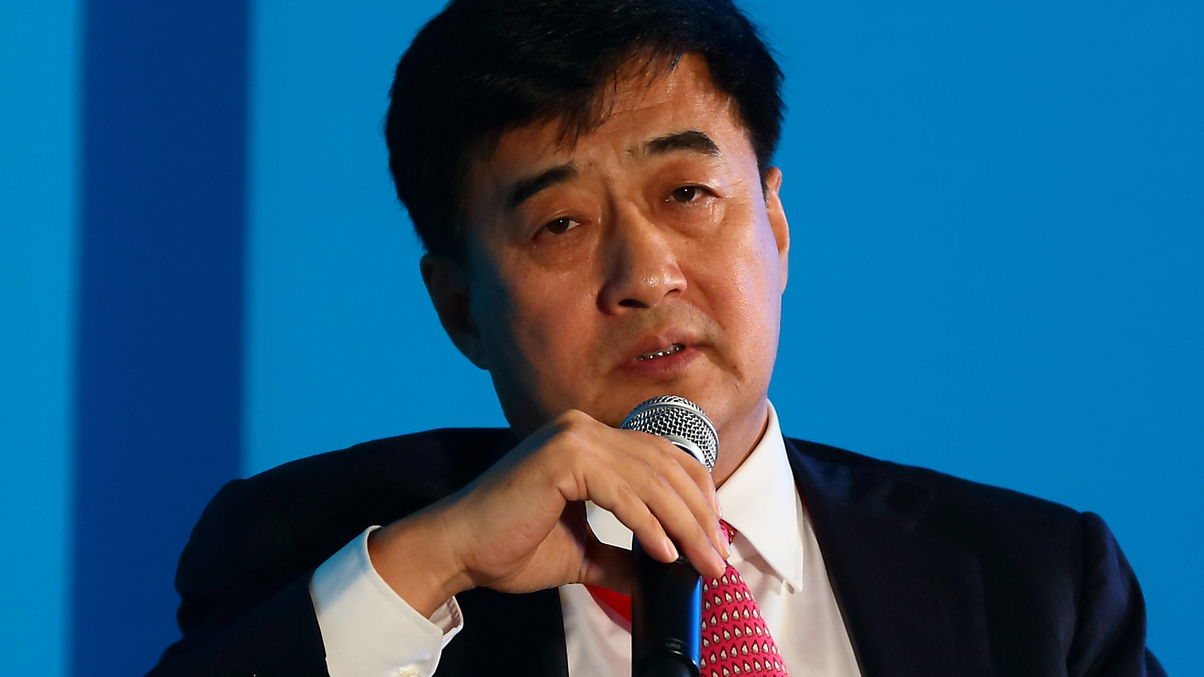ICBC, Citic, PICC agree: regulate asset management
China's asset management free-for-all harbours risks which need to be tackled with new rules, senior executives have said. They want the responsibilities and liabilities to be harmonised and explained.

Tighter rules governing China’s asset management industry are needed because of the regulatory vacuum firms are operating in, a group of senior officials said.
Sign In to Your Account
Access Exclusive AsianInvestor Content!
Please sign in to your subscription to unlock full access to our premium AI resources.
Free Registration & 7-Day Trial
Register now to enjoy a 7-day free trial—no registration fees required. Click the link to get started.
Note: This free trial is a one-time offer.
¬ Haymarket Media Limited. All rights reserved.


